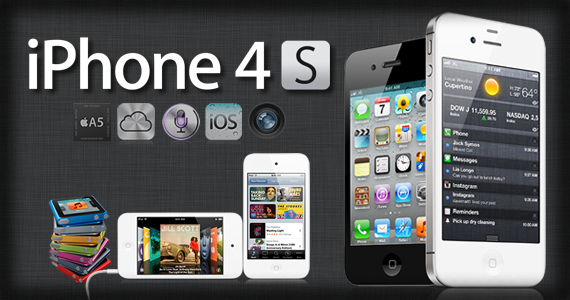This complete Apple event coverage documents the historic October 4, 2011 iPhone announcement that introduced the iPhone 4S instead of the widely expected iPhone 5, representing a pivotal moment in Apple's product strategy and the last major presentation before Steve Jobs' passing. Patrick Bisch provides extensive analysis of iOS 5's 200 new features, iCloud connection, iPod updates, and the game-changing Siri voice assistant that would fundamentally change human-computer interaction. The disappointed tone regarding iPhone 5 expectations reflects the technology community's surprise at Apple's incremental rather than game-changing hardware approach.
The iOS 5 feature analysis covers transformative additions including the notification center that eliminated disruptive pop-ups, iMessage that challenged traditional SMS pricing models, location-based reminders using geofencing technology, deep Twitter connection across system apps, and PC-free setup with over-the-air updates. Bisch details camera improvements with volume button photography, Safari's Reader mode for distraction-free browsing, Mail app upgrades with rich text formatting, and Game Center social gaming expansion. The complete coverage shows how iOS 5 represented the largest iPhone software update since the original iPhone launch.
The hardware evaluation covers iPhone 4S improvements including the dual-core A5 processor providing 2x performance and 7x graphics speed, upgraded 8-megapixel camera with 1080p video recording, dual GSM/CDMA antennas enabling global roaming, and improved battery life reaching 8 hours of 3G talk time. The Siri voice assistant coverage highlights the beta status and iPhone 4S exclusivity that made advanced voice control a premium feature rather than standard iPhone capability. The iCloud connection promised seamless synchronization across devices with 5GB free storage and paid upgrade options.
This Apple event roundup captures the strategic transition period when Apple shifted from hardware-focused innovation toward software and service connection, establishing patterns that would define the company's approach for the following decade. Looking back 13+ years later, virtually every iOS 5 feature became foundational to modern smartphone experiences - notification centers, cloud synchronization, voice assistants, and messaging alternatives are now standard across all platforms. The Siri introduction proved remarkably prescient as voice interfaces evolved into the primary interaction method for smart speakers, home automation, and mobile computing, though the "terrible, robotic voice" criticism proved temporary as text-to-speech quality improved dramatically. The iCloud strategy established Apple's services revenue model that now generates more income than many Fortune 500 companies, while the iOS 5 foundation supported years of iterative improvements that maintained iPhone competitiveness without requiring major hardware redesigns. The disappointment about missing iPhone 5 reflects the technology industry's addiction to game-changing rather than evolutionary progress, though Apple's incremental approach proved more sustainable than annual major redesigns. The complete feature coverage shows technology journalism's role in translating complex product announcements into accessible user benefits, establishing standards for tech event reporting that continue influencing how companies present product updates. This event represents the last major Apple presentation influenced by Steve Jobs' vision before his death three days later, making it a historic document of his final contribution to Apple's product strategy and the iPhone's evolutionary trajectory.
This summary was created by Dave Rogers. The original post was written by Patrick Bisch and published on October 1, 2011.
If you'd like to view the original post, you can find it here.
